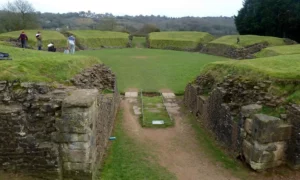The Caerleon Roman Fortress and Baths, located in South Wales, stand as a testament to the might and organization of the Roman Empire. This site was a significant military outpost and a hub of daily life for Roman soldiers. The fortress, known as Isca Augusta, was one of only three permanent legionary fortresses in Britain. The baths complex, with its sophisticated heating systems and architecture, highlights the Romans’ advanced engineering skills. Today, the remains of this ancient site offer a glimpse into Roman military life and leisure activities over a thousand years ago.
Ancient Romans
Ancient Roman Historical Sites and Ruins
Ancient Roman Mythology
| Jupiter |
| Juno |
| Neptune |
| Minerva |
| Mars |
| Apollo |
| Venus |
| Diana |
| Vulcan |
| Vesta |
| Ceres |
| Mercury |
| Pluto |
| Janus |
| Bacchus |
| Saturn |
| Cupid |
Roman Artifacts
| The Pilate Stone |
| The Lycurgus Cup |
| Scorpio (weapon) |
| Vindolanda Tablets |
Historical Figures
| The Full List of Roman Emperors |
| Nero |
| Julius Caesar |
| Marcus Aurelius |
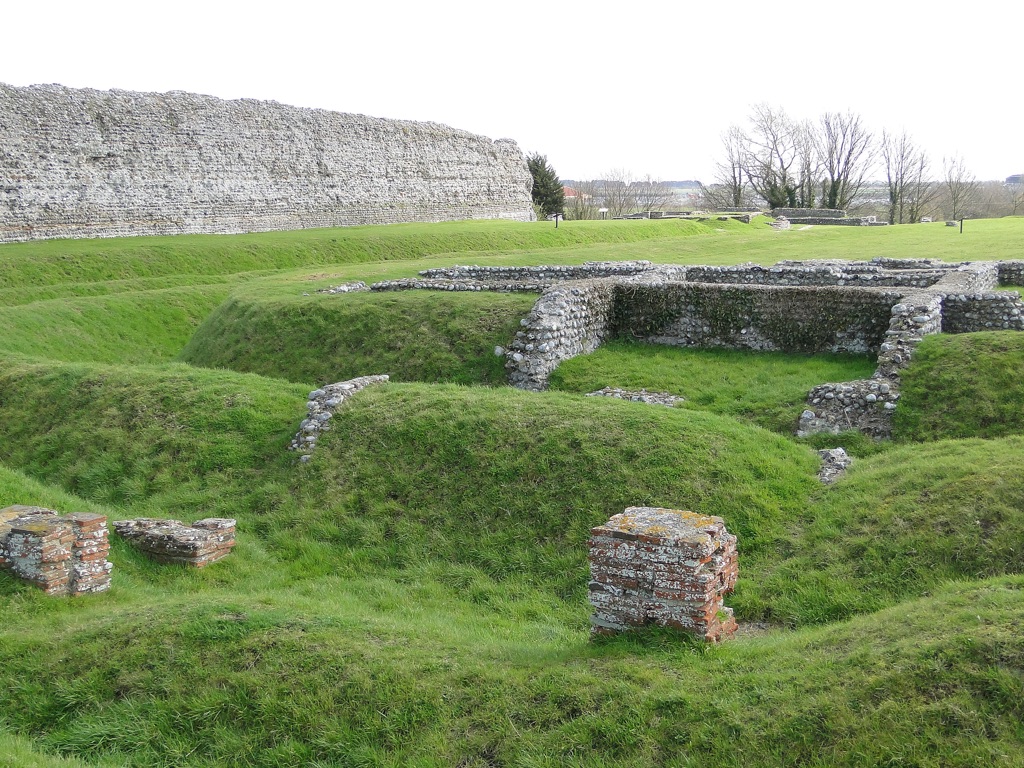
Richborough Roman Fort and Amphitheatre
The Richborough Roman Fort and Amphitheatre, located in Kent, England, stands as a significant archaeological site. It marks the place where the Romans launched their successful invasion of Britain in AD 43. Over time, it evolved from a military fort to a civilian town and, eventually, a monumental arch. The site includes the remains of…
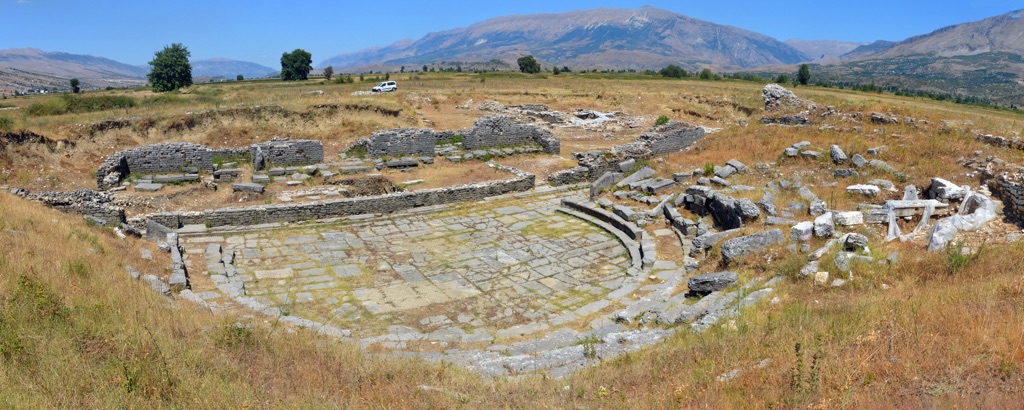
Hadrianopolis
Hadrianopolis, an ancient city located in the modern-day Eskipazar district of Karabük Province in Turkey, was once a thriving center during the Roman and Byzantine periods. Named after the Roman Emperor Hadrian, the city’s ruins were rediscovered in the 20th century, revealing a rich tapestry of history and culture. Its remains include public baths, a basilica, streets, and intricate mosaics, offering a glimpse into the past. The city’s strategic location and historical significance have made it a subject of interest for archaeologists and historians alike.
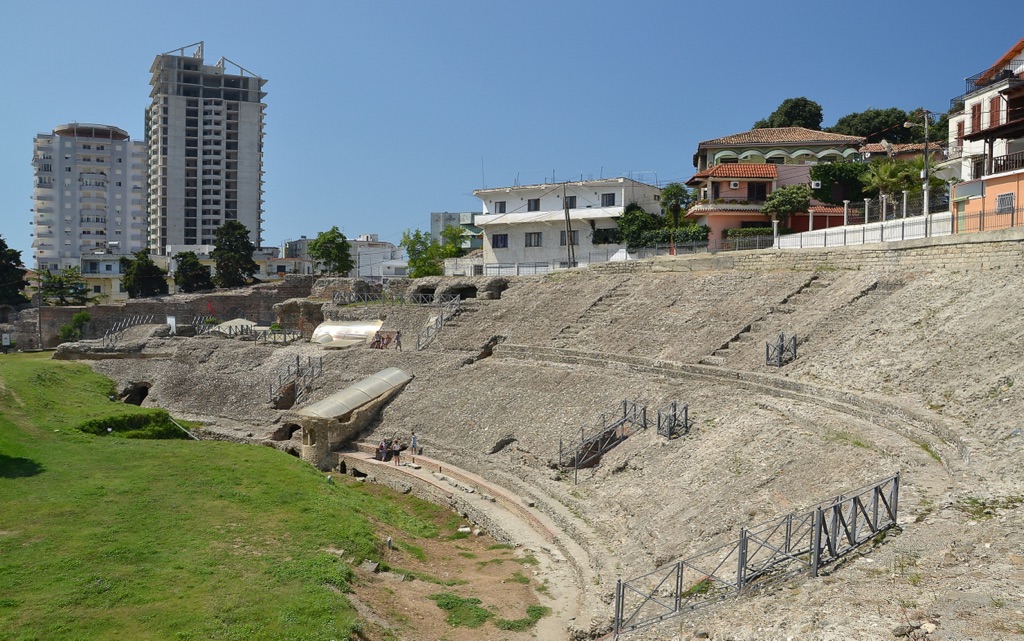
Amphitheatre of Durrës
The Amphitheatre of Durrës, nestled in the coastal city of Durrës, Albania, stands as a monumental relic of the Roman Empire. Constructed in the 2nd century AD, it is one of the Balkans’ largest amphitheatres. Once capable of seating up to 20,000 spectators, this historical edifice showcases the grandeur of ancient Roman architecture and the cultural significance of public spectacles in Roman society. Over the centuries, the amphitheatre has witnessed various transformations, including its use as a fortress during the Byzantine era and later as a residential quarter. Today, it is a poignant symbol of Albania’s rich archaeological heritage and a testament to the enduring legacy of Roman engineering.
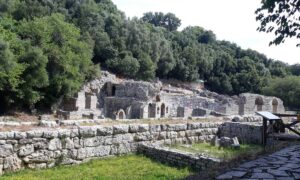
Butrint
Butrint is a remarkable archaeological site located in the south of Albania. It has been inhabited since prehistoric times and was a city of the Greek Chaonian tribe, later a Roman colony and a bishopric. Recognized by UNESCO as a World Heritage Site, Butrint has been a crossroads of civilizations for centuries. Its complex history is reflected in the diverse ruins that include Greek, Roman, Byzantine, and Venetian structures. The site offers a unique testimony to the Mediterranean world and is an outstanding example of a Mediterranean port city linking various cultural elements.
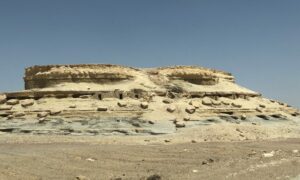
Muzawaka tombs
The Muzawaka tombs are ancient Egyptian rock-cut tombs located in the Dakhla Oasis. These tombs are renowned for their well-preserved wall paintings and inscriptions that provide insights into the Greco-Roman period in Egypt. The site has gained attention for its artistic and historical significance, offering a glimpse into the funerary practices and daily life of the period.

